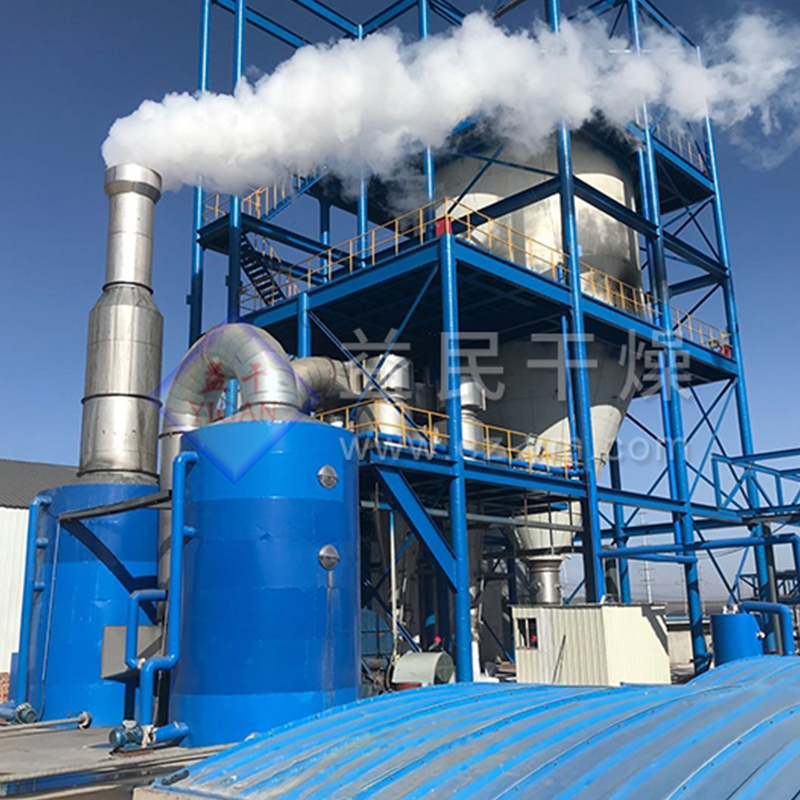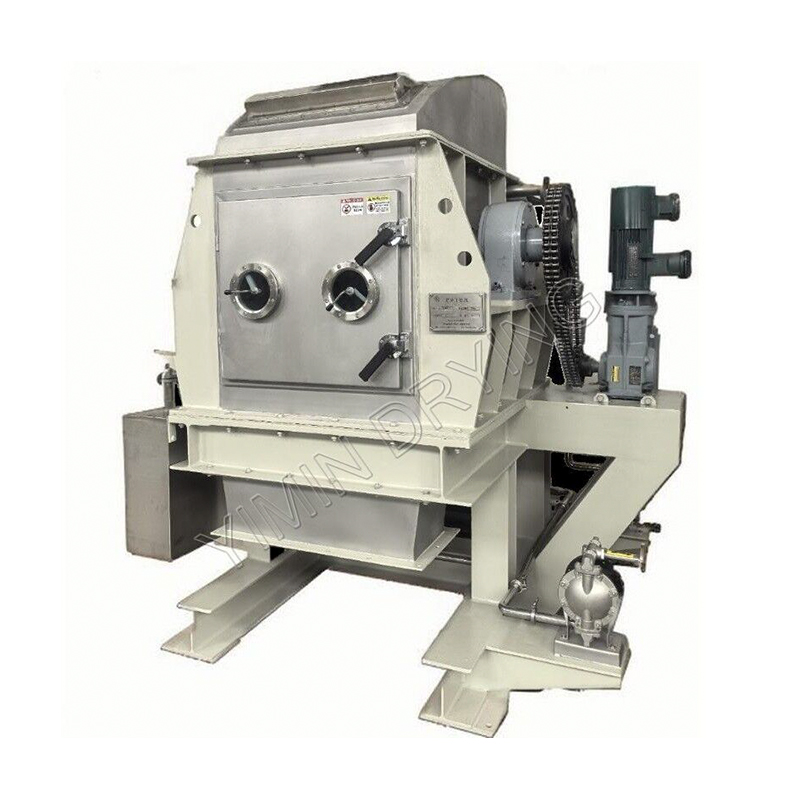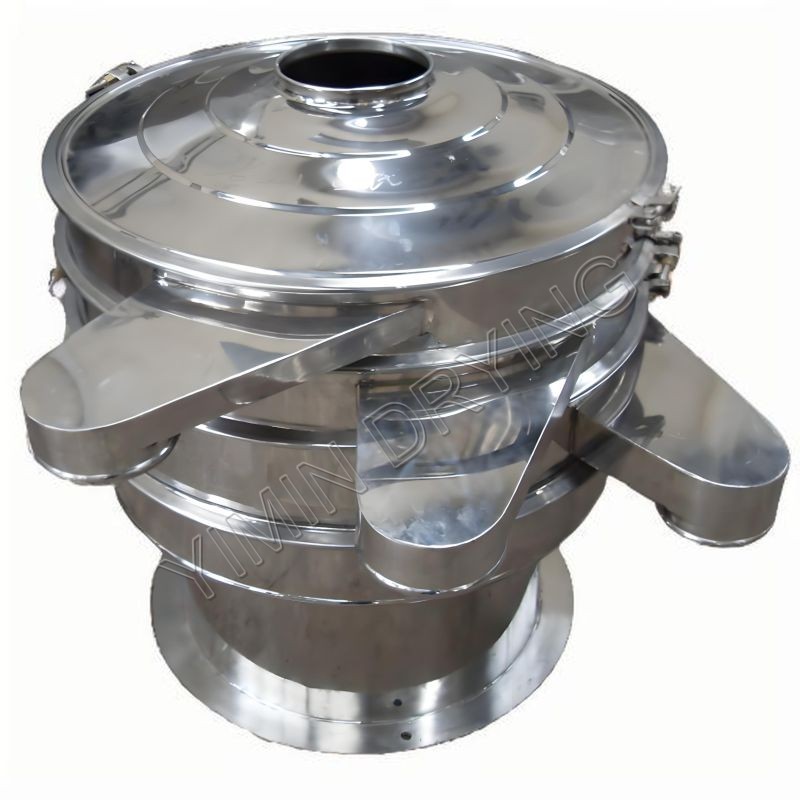The Centrifugal Spray Dryer: Precision in Powder Production
The Centrifugal Spray Dryer stands as a cornerstone technology in material processing, essential for transforming liquid feeds into high-quality, free-flowing, and uniform dry powders. Widely adopted across the food, pharmaceutical, chemical, and ceramic industries, this equipment is valued for its rapid drying speed, efficiency, and ability to handle heat-sensitive materials with minimal degradation.
The Core Mechanism: How it Works
The operation of a centrifugal spray dryer is an elegant interplay of fluid dynamics and heat transfer, centered on the principle of rapid moisture evaporation from finely atomized droplets.
-
Atomization: The Heart of the Process The liquid feed (solution, emulsion, or suspension) is pumped to the top of the cylindrical drying chamber where the high-speed centrifugal atomizer is located. This rotating disc, often spinning at speeds exceeding 10,000 RPM, uses centrifugal force to violently fling the liquid outward. This action disperses the liquid into an extremely fine mist of droplets, instantly creating a vast surface area for subsequent drying. The consistency of the final powder is largely determined by the precision of this atomization step.
-
Drying: Instantaneous Heat Exchange Simultaneously, hot air—which has been filtered and heated—is introduced into the chamber, typically through a hot air distributor in a spiral or co-current flow pattern with the droplets. As the tiny droplets contact the hot air, the moisture instantly evaporates. The drying time is remarkably fast, often lasting only a few seconds.
-
Gentle Processing for Delicate Materials Despite the high inlet air temperature, the product itself remains relatively cool. This is due to the evaporative cooling effect, where the rapid evaporation of moisture extracts heat from the droplet, keeping its temperature near the saturation point. This makes the centrifugal spray dryer an ideal choice for drying heat-sensitive materials such as enzymes, probiotics, vitamins, and pharmaceutical extracts, preserving their functional integrity.
-
Collection: Separating Powder from Gas The resulting dry powder, along with the spent air, is carried out of the main drying chamber. The powder is primarily collected via a cyclone separator or a series of separators, where centrifugal force separates the solid particles from the gas stream. The exhaust gas is then filtered before being discharged by an exhaust fan.
Key Product Features and Advantages
Centrifugal spray dryers offer distinct benefits that drive their extensive use:
-
Exceptional Drying Speed: 95% to 98% of the moisture can be evaporated in a matter of seconds, leading to high throughput and continuous operation.
-
Superior Product Quality: The final powder exhibits excellent uniformity, high purity, good fluidity, and solubility. The centrifugal atomizer ensures a very narrow and consistent Particle Size Distribution (PSD), which is critical for product performance in many applications.
-
Simplified Production: The process allows for the direct conversion of liquid material into a finished powder in a single step, often eliminating the need for subsequent crushing, milling, or sieving, thereby reducing production costs and contamination risk.
-
Controllable Product Characteristics: Operators can precisely adjust critical powder properties—such as moisture content, bulk density, particle size, and morphology—by manipulating operating parameters like the atomizer speed, feed rate, and air temperatures.
-
Versatility in Feed Material: The equipment can efficiently handle a wide spectrum of liquid feeds, including solutions, emulsions, suspensions, and even some pumpable pastes.
Broad Range of Applications
The versatility and precision of the centrifugal spray dryer make it indispensable across numerous sectors:



 English
English русский
русский عربى
عربى Türk
Türk





